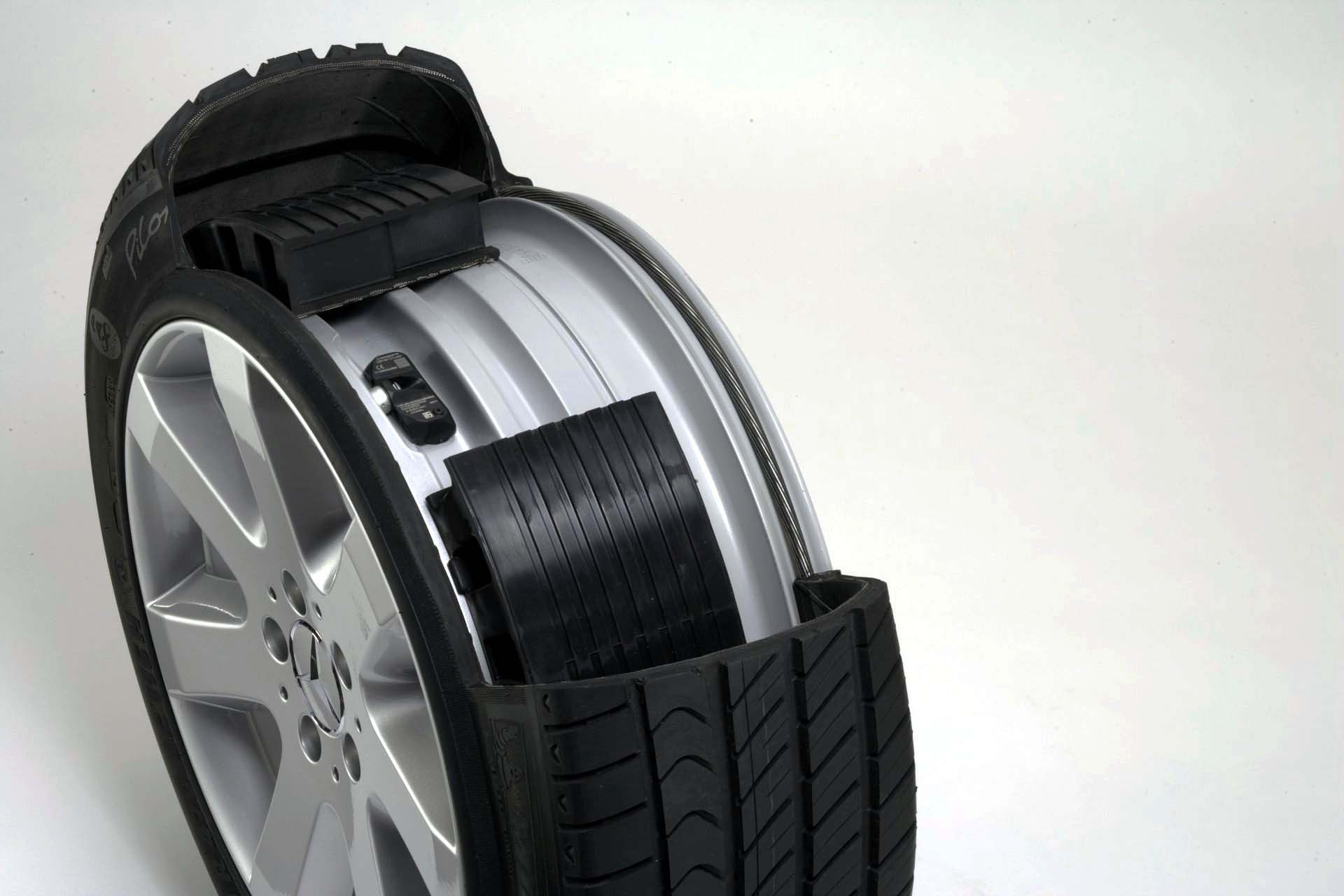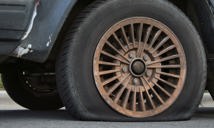A recent chat with a friend shed some light on what, it turns out, is a concerning issue in the tire marketplace.
The friend in question had recently bought a 2017 Honda Pilot, and ordered some winter tires from an online retailer. Once delivered, he brought his steel wheels, and new tires, into a shop, to have them mounted. Later, he returned home to install them on his SUV. A few days later, while driving to work, he hit a pothole and damaged two of the tires badly. The online retailer denied his claim for warranty replacements.
Why? Turns out, the tires weren’t the proper kind for the vehicle in question. In this case, my friend had ordered, mounted and installed a set of winter tires that were intended for use on a car, onto his much larger and heavier SUV.
“In general, many shoppers just don’t know any better” says Kyle Hodgkinson, a manager at Kal Tire. “Most sizes designated for vehicles such as a Honda Pilot will come with an appropriate assumed weight rating, but in some overseas brands, there are no regards to that given, a lot of the time. Also, there are some cross-sizes to be careful of now. For example, you could find the same size tire on a performance car, or a large SUV”.
The gist? Sometimes, if a tire is large enough to fit your SUV or crossover, it’s going to have an appropriate weight rating, but that’s not always the case.
Further, the lines are blurring. More and more potentially confusing tire options are available for niche vehicles like performance trucks, while some light-truck tires are now designed for work trucks, and others are designed for everyday commuter driving. There’s plenty of room for uncertainty.
The key, here, is that tires are designated with weight ratings, or load ratings, which identify how much load the tire is designed to carry at its industry-specified pressure. This load rating is expressed differently, depending on the type of tire. For instance, an ascending alphabetic letter is used for higher and higher load ratings on heavier trucks. For passenger cars, there’s either no rating, a numerical rating, a Standard Load (SL) rating, or XL rating for Extra Load tires.
Load ratings help guide shoppers to the correct set of tires for their vehicles, and though two tires may look the same and carry the same name, in some cases, and from some brands (and not others) variants are available designed for anything from a lightweight compact, up to a heavy SUV or pickup.
“Passenger-sized tires are used not only on passenger cars and minivans, but also on SUV and CUV vehicles” says Ron Margadonna, a Senior Technical Marketing Manager at Michelin. ”The key difference is the tire size, which is much larger, and has a higher load capacity for SUV/CUV vehicles. Since all of these vehicles are used on-road there is very little difference in their performance needs – other than load rating”.

The gist? Not all tires are created equal – and some are built to handle the extra weight and load of a heavier vehicle riding on top of them, while others aren’t. It’s all in that load rating, which is a thing that some tire shoppers aren’t aware of.
Greg Cressman is a senior technical VP at Yokohama. He comments “With a wheel that fits, many incorrect tires sizes can physically fit on a vehicle. With a competent tire dealer involved, tires will be supplied that align with the OE car manufacturer’s tire size and spec requirement for that year, make, and model. This is public knowledge and not hidden away: it is on the door post of the car, the glove box manual, available from the OE dealer. But the user has to know better. It’s like going to Home Depot and buying electrical supplies without involving an electrician. It likely could end badly”.
Get it wrong, perhaps because you, or the staff at the retail counter, isn’t up on load ratings, and you could wind up running a tire that’s not strong enough to safely handle the weight of the vehicle in question. That was the case with my friend from the beginning of the story, who was out a few hundred dollars, denied warranty coverage for using the wrong type of tire on his ride.
Other considerations come into play as well. Will you tow with the vehicle? Use it in an off-road setting? A good tire sales representative, at the retail counter, should find out what sort of ride you’re using the tires for, and how you’ll use that ride, to ensure you wind up with an appropriate tire. But that’s not always how tire purchasing pans out.
Cressman adds “if a consumer goes into a dealer and plays expert and says ‘this is what I need’, some dealers may just comply, presuming the consumer does indeed know what he needs. If the car is physically there, and the dealer is doing the installation, this is much less likely. But if tires are bought over the internet, it’s less likely that consumers are as apt to appreciate the somewhat subtle differences between tires re load ranges, speed ratings etc. Higher load range tires are usually more expensive, too.”
So – what are tire manufacturers like Yokohama doing to help ensure customers are running the proper tires on their rides? Cressman explains “we rely on an experienced dealer network that we distribute our products through, that knows how to qualify a user and get them into a tire that is the correct size, load range, speed rating and for the correct seasonal/application use. They are tire professionals with the knowledge to correctly specify and safely install tires. And, actually the biggest impact on potential tire overloads is underinflation, so as an industry, we always promote inflation maintenance, too”.
Ultimately, with so many variables and differences between the products and practices of countless tire manufacturers, this topic is a bit of a minefield – riddled with load ratings, ply ratings, load service index, standard load, extra load specs, and more. Confused? You’re not alone.
As Cressman points out, “good advice to anyone is, regardless of your perceived level of understanding on this as a consumer, to get a competent tire dealer to confirm your choice”.
It could save you hundreds of dollars, and even prevent an accident.

